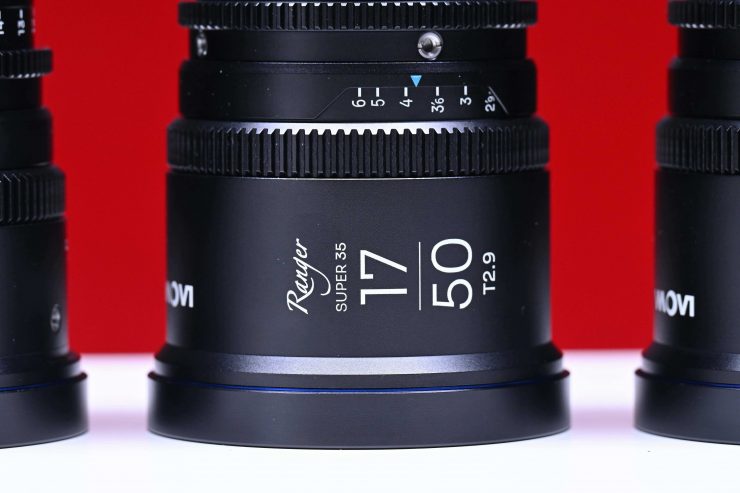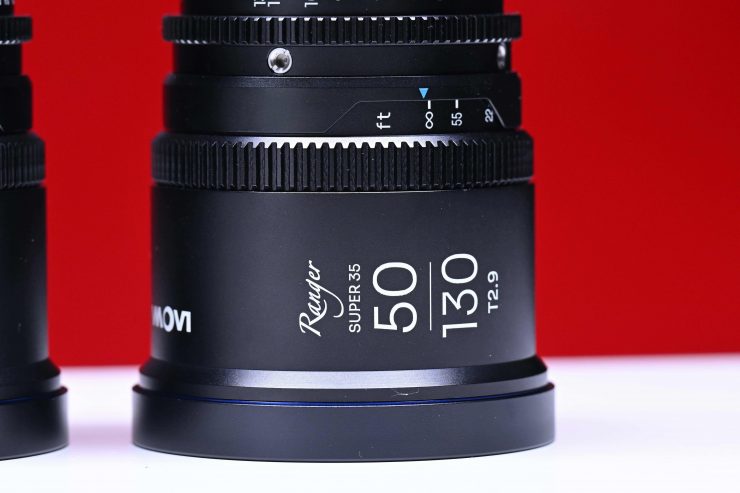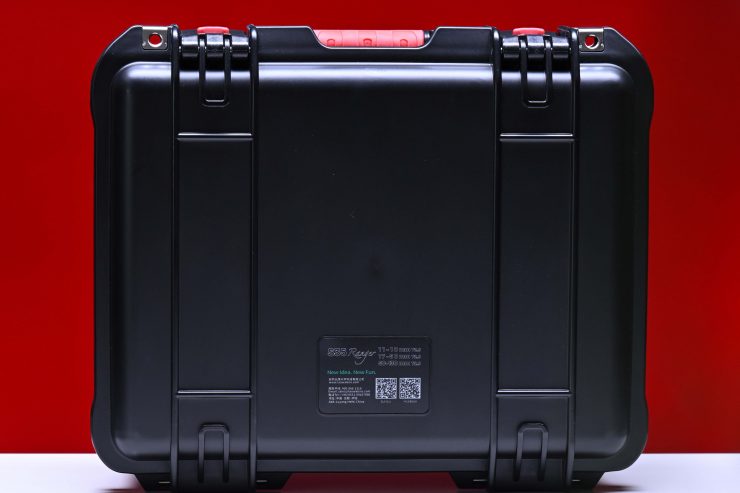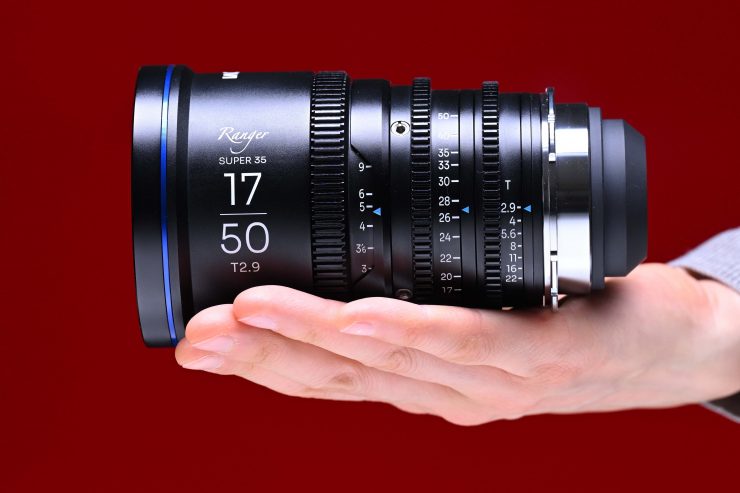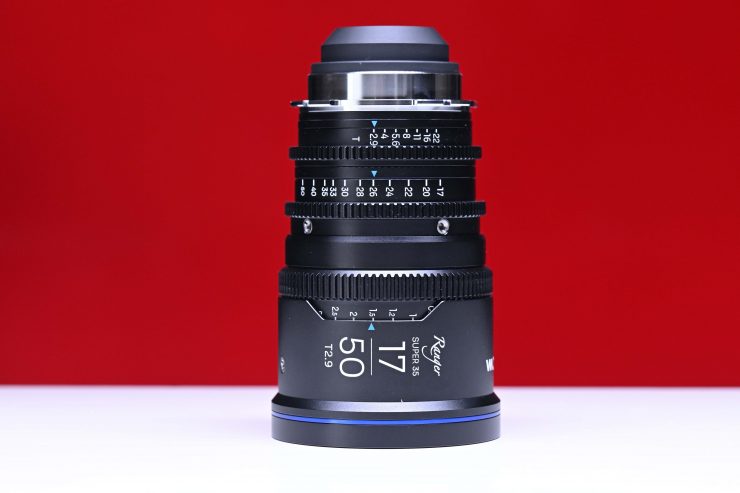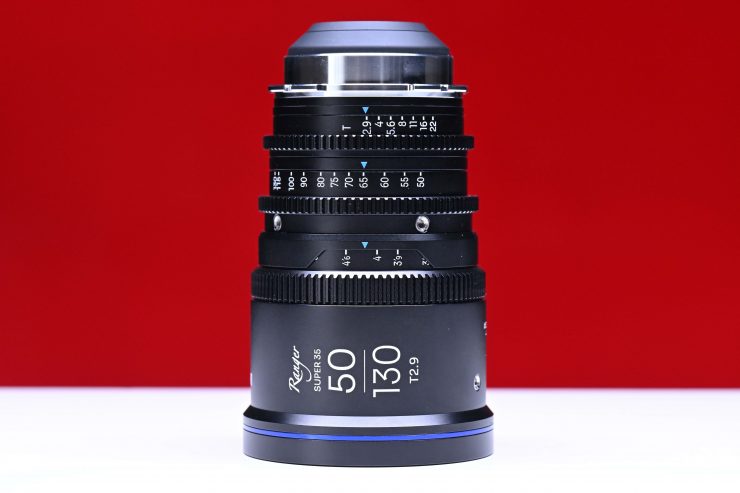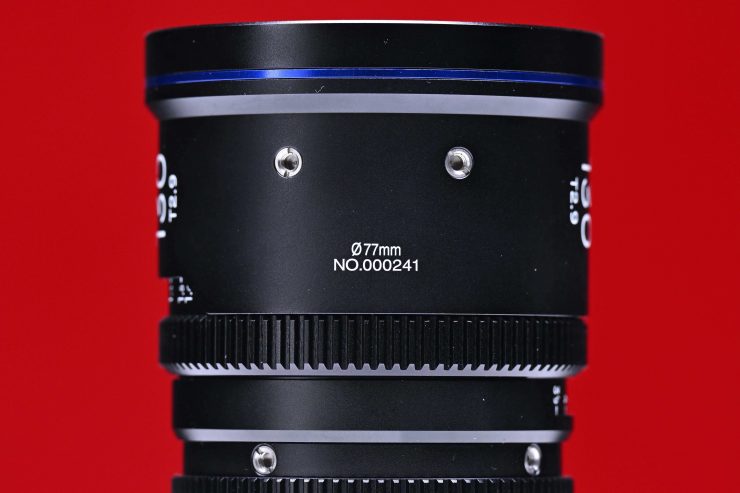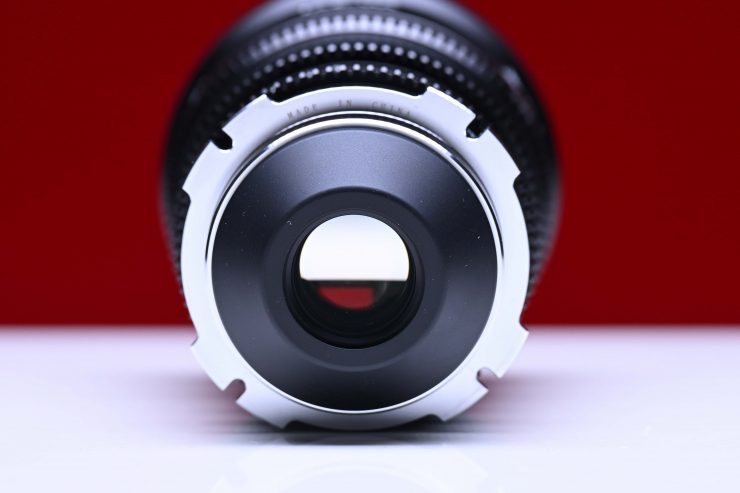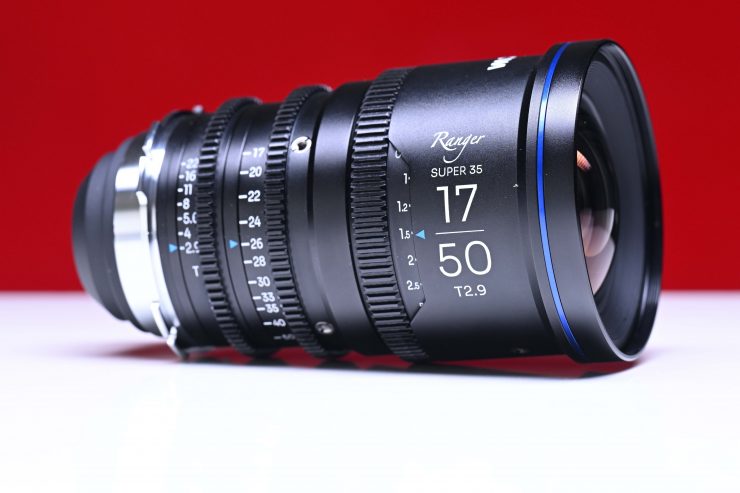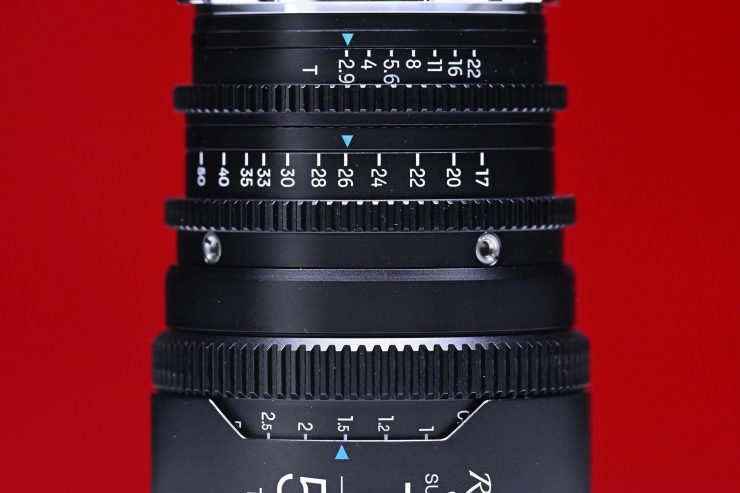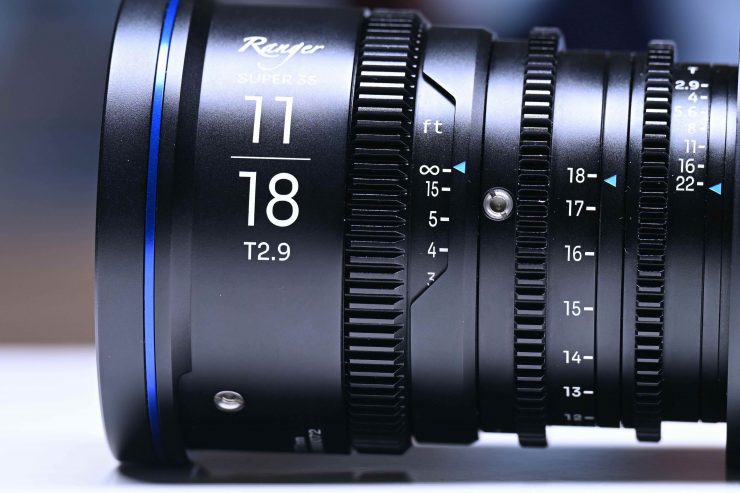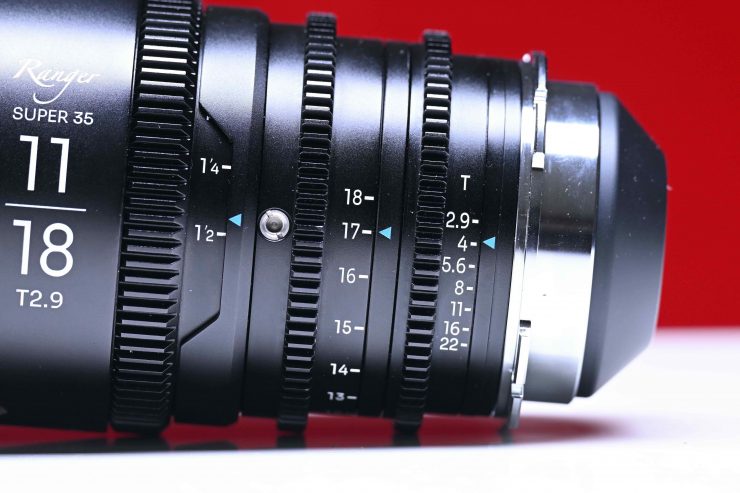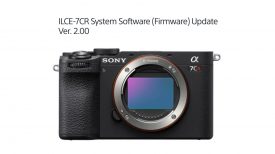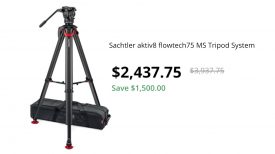
Laowa recently announced its new Ranger S35 zooms. The new series consists of an 11-18mm T2.9, a 17-50mm T2.9, and a 50-130mm T2.9.
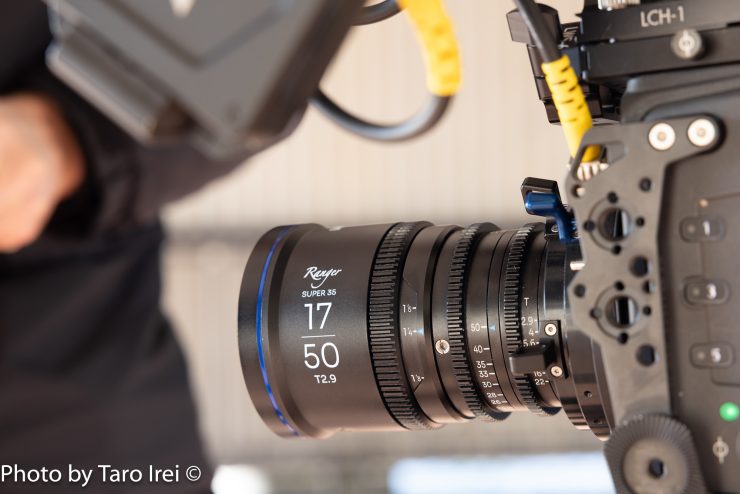
Essentially these are smaller and lighter versions of the Ranger full-frame zooms that I reviewed on the site last year.
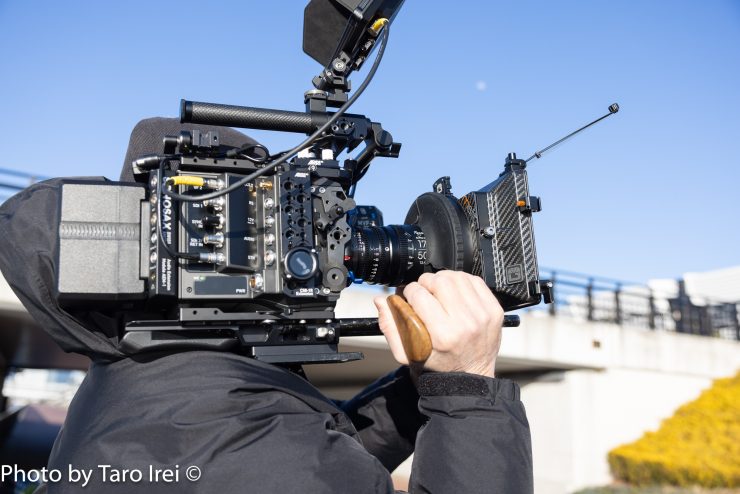
Just like their full-frame counterparts, the lenses were designed to meet the demands of different production sizes from solo to small crew run-and-gun filmmakers up to larger productions.
Laowa has been extremely busy over the last few years and they have been bringing out a lot of new, and sometimes very unique lenses.
I was very interested in these lenses given their focal ranges and small size, so I got hold of a set to put them through their paces.
Key features
- Light and compact (under 800g each)
- Versatile zoom range
- Constant T2.9 aperture
- Extremely close focus distance
- Parfocal design
- Well-controlled with almost no focus breathing –
- Exceptional image quality
- Quick back focus adjustment mechanism
- Interchangeable PL/ EF mount
- Additional mirrorless mounts are available (E/ RF/ Z/ L)
Concept
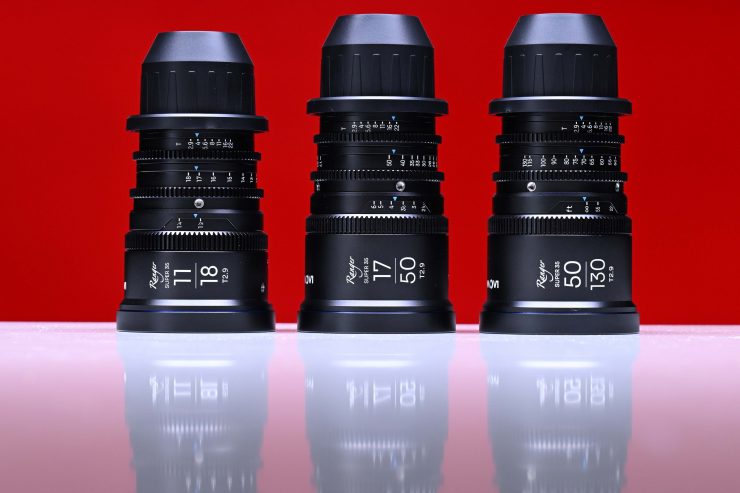
Laowa has always been a company that does things differently and they usually set out to do something a little different from what everyone else is doing. That has pretty much been its mantra since day 1 and they have a good track record of making interesting and unique lenses. Laowa doesn’t just try and copy what everyone else is doing, they always put their spin on their lenses.
It’s one thing to put your own spin on things, but you also have to be able to make good-quality optics and products that people want to use. Laowa has arguably managed to tick both boxes.
Focal Range

One of the biggest caveats of using a full-frame or larger sensor digital cinema camera is that the lenses become larger, heavier, and have reduced focal ranges. This is especially true when it comes to cine zooms that cover large image circles.

With quite a few new S35 cameras on the market, it makes sense to cater to that sensor size as you can make smaller, lighter, and more affordable lenses.

The focal ranges of 11-18mm, 17-50mm, and 50-130mm over a decent range that will cover a lot of shooting scenarios. I would still like to see Laowa make a longer focal length. I think a 75-250mm T2.9 S35 zoom that weighs less than 1.6kg would be very popular. They already made a 75-180mm T2.9 full-frame lens that weighs 3.1 lb / 1.4 kg, so it’s certainly possible.

Laowa has gone in a fairly similar direction as DZOFilm with their Pictor zooms by making a set of three S35 cine zooms, however, the DZOFilm are a lot heavier and larger.

Unfortunately, when it comes to optics you can’t have your cake and eat it too. You simply can’t have a lightweight cine zoom with a decent constant T- stop and a big focal range, regardless of whether you make them to cover S35 or full frame and larger sensors. Yes, you can make your lens housing out of more exotic and expensive materials, but that is going to increase the price while only saving you a handful of weight. In saying that, it is very impressive what Laowa has managed to do in keeping the size and weight of the Ranger S35 Zooms to a minimum. Yes, they could have probably made a lens with a greater focal range, but then the size and weight would have increased and the lens would have been more expensive.
Everyone wants an 18-250mm T2.9 cine zoom that weighs 2kg and costs $3,000 USD, well guess what, that is never going to happen. It is always going to be a compromise for lens manufacturers when it comes to weight, size, focal length, and T-stop.
Image Coverage

The lenses cover image circles of up to 31.5mm, so they can only be used on sensors up to S35. Yes, you can use the 17-50mm and the 50-135mm at longer focal lengths and they will just cover full frame sensors, but that is more of a stop-go solution than anything else.
First Impressions

Just like the full-frame Rangers, the lenses have a nice finish and they have minimal company branding on them and are not trying to look pretentious or fancy. Due to their small size, they look more like a combination between a stills lens and a cine lens.
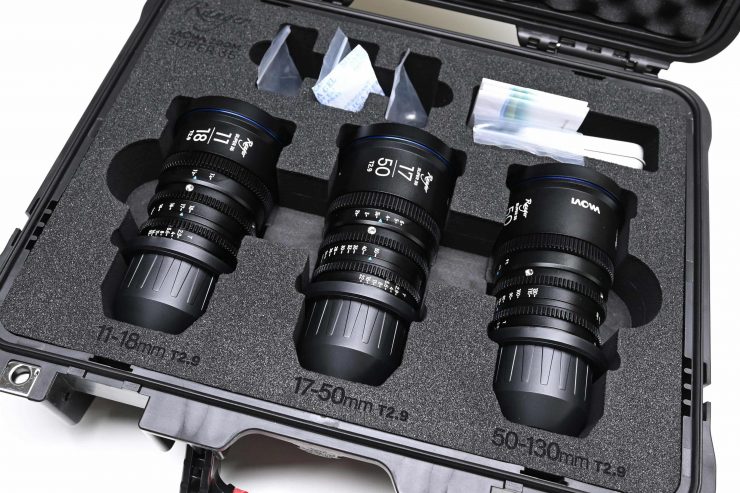
If you buy the three-lens set, they come nicely presented in a custom hard case. The case with the lenses and accessories weighs in at 4.9kg / 10.8 lb.
Size & Weight

The Laowa Ranger S35 zooms are very compact and lightweight. They are a lot smaller than their full-frame siblings.

The Ranger 11-18mm and 17-50mm S35 series lenses weigh 1.64 lbs / 745g each, while the 50-135mm is slightly heavier at 1.67 lb / 760g. As a comparison, the Ranger full-frame zooms weigh 3.08 lbs / 1.4kg.
So, let’s put that weight into perspective by comparing it against some other S35 zoom lenses on the market.
| WEIGHT | |
| Laowa 11-18mm T2.9 Ranger S35 Cine Zoom | 1.64 lb / 745g |
| Laowa 17-50mm T2.9 Ranger S35 Cine Zoom | 1.64 lb / 745g |
| Laowa 50-130mm T2.9 Ranger S35 Cine Zoom | 1.67 lb / 760g |
| Laowa OOOM 25-100mm T2.9 | 5.51 lb / 2.5 kg |
| Fujinon MK 18-55mm T2.9 Lens* | 2.16 lb / 980g |
| Fujinon MK 50-135mm T2.9 Lens* | 2.16 lb / 980g |
| Fujinon XK20-120mm T3.5 Cabrio Lens | 5.3 lb / 2.4 kg |
| DZOFilm Pictor 12-25mm T2.8 Super35 | 3.5 lb / 1.6 kg |
| DZOFilm Pictor 20-55mm T2.8 Super35 | 3.35 lb / 1.52 kg |
| DZOFilm Pictor 50-125mm T2.8 Super35 | 3.75 lb / 1.7 kg |
| DZOFilm Tango 18-90mm T2.9 S35 | 7.78 lb / 3.53 kg |
| Angenieux Optimo Style 16-40mm T2.8 | 4.2 lb / 1.9 kg |
| Angenieux Optimo Style 30-76mm T2.8 | 4.19lb / 1.9 kg |
| 7Artisans Sprite 24-96mm T2.9 | 5.29 lb / 2.4 kg |
| Canon CN-E Flex Zoom 14-35mm T1.7 Super35 | 7.7 lb / 3.5 kg |
| Canon CN-E Flex Zoom 31.5-95mm T1.7 Lens Super35 | 7.8 lb / 3.5 kg |
| Canon CN-E 30-105mm T2.8 L SP | 4.8 lb / 2.2 kg |
| Tokina Cinema ATX 11-20mm T2.9 | 2.43 lb / 1.1 kg |
| Tokina 25-75mm T2.9 | 4.4 lb / 2 kg |
| Tokina Cinema 50-135mm T3.0 | 3.4 lb / 1.5 kg |
| Tokina 50-135mm T2.9 Mark II Cinema ATX Lens | 3.2 lb / 1.45 kg |
| Sigma 18-35mm T2 | 3.3 lb / 1.5 kg |
| Sigma 50-100mm T2 | 4.03 lb / 1.83 kg |
| ZEISS 21-100mm T2.9-3.9 Lightweight Zoom LWZ.3 | 4.4 lb / 2 kg |
*Not available in PL mount
As you can see they are quite a lot lighter than most other competing lenses, by quite a considerable margin.
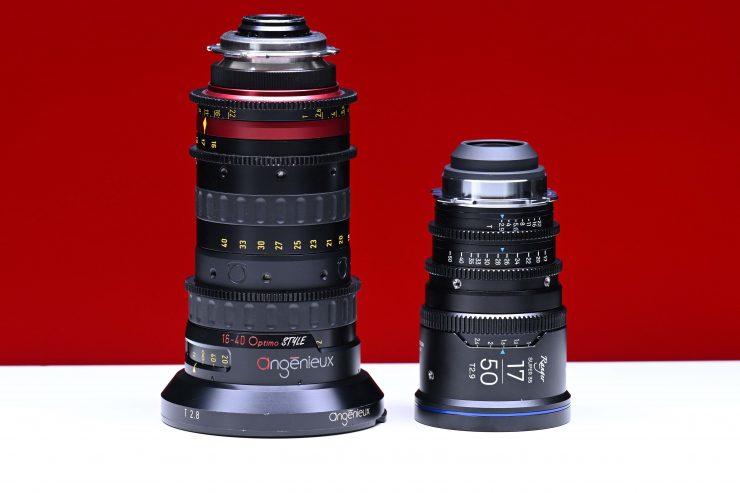
Above you can see how the Laowa 17-50mm T2.9 Ranger S35 Cine Zoom compares in size to the Angenieux Optimo Style 16-40mm T2.8.

Above you can see how the Laowa 11-18mm T2.9 Ranger S35 Cine Zoom compares in size to the Tokina Cinema ATX 11-20mm T2.9.

Because of their low weight and small size, they could be used on anything from a mirrorless hybrid to a digital cinema camera.
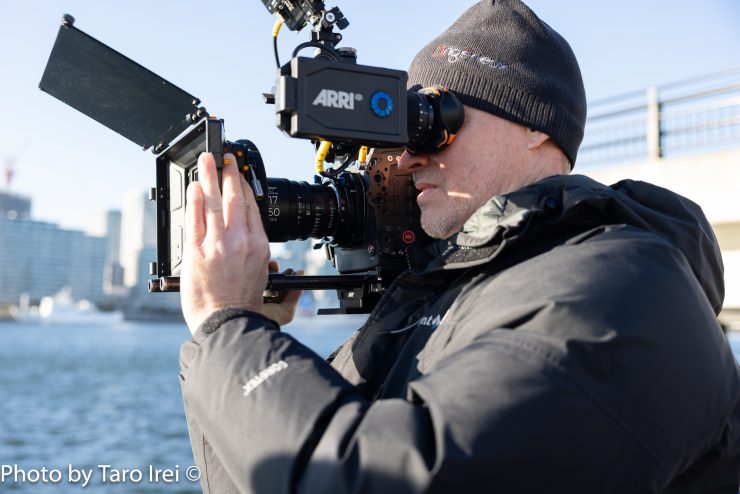
They are also good options when shooting hand held off the shoulder.

The small size also makes them a great choice for use on gimbals and drones.
If you are using the DJI Ronin 4D, these are great options because they are all under the specified maximum weight capacity when using the Z-axis.
Build Quality
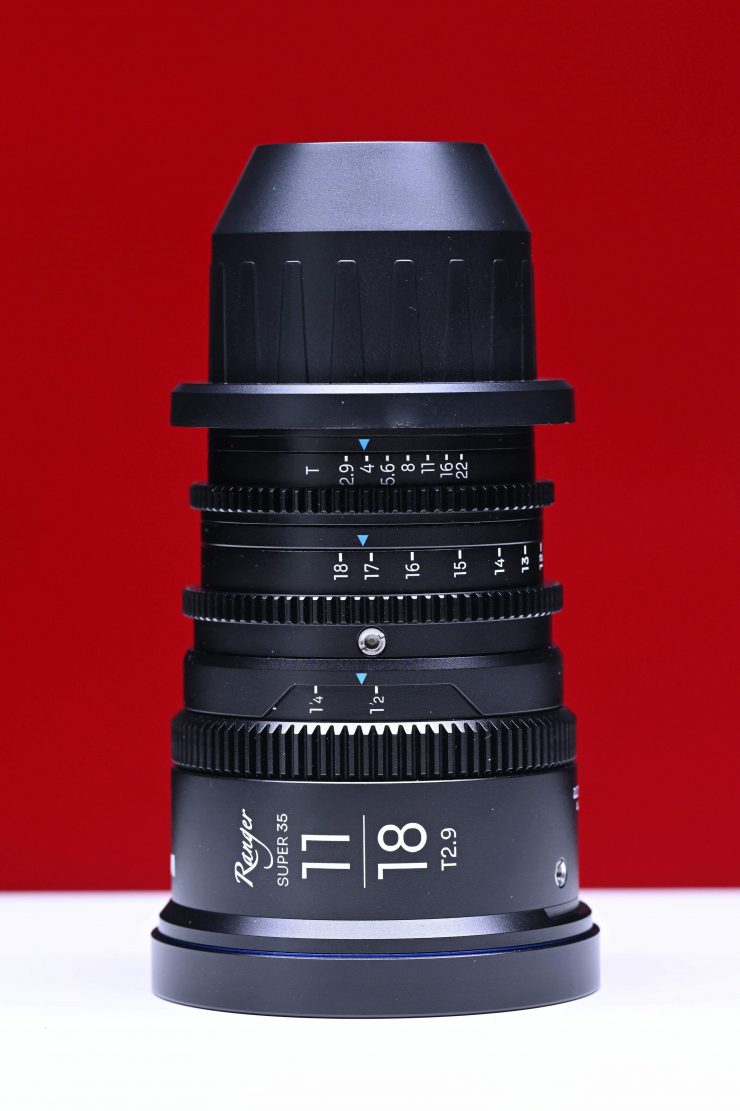
What I personally look for when it comes to lenses is build quality and mechanical operation consistency. With expensive cine lenses, this is what you expect and what you get. With a lot of affordable cine lenses, this is often not the case.
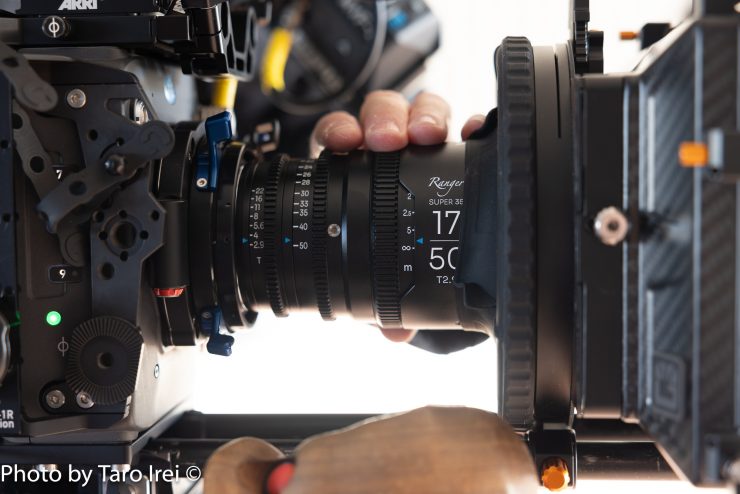
The Laowa Ranger S35 zooms have reasonably consistent mechanics and build quality for affordably priced cine zooms. The focus and zoom rings have a nice amount of resistance.
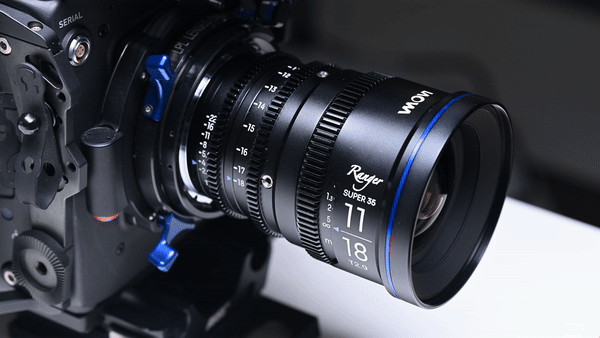
I did encounter a problem where the 11-18mm and 17-50mm didn’t fit correctly and they wobbled around when mounted on cameras. I tried them on a couple of different PL mount cameras and with some PL adapters and the same issue was present. I mentioned this to Laowa and they were looking into it. I wouldn’t expect shipping versions of these lenses to have that issue.

The other slight negative I came across is that the aperture rings were a little stiff for my liking and they weren’t consistent across the set.
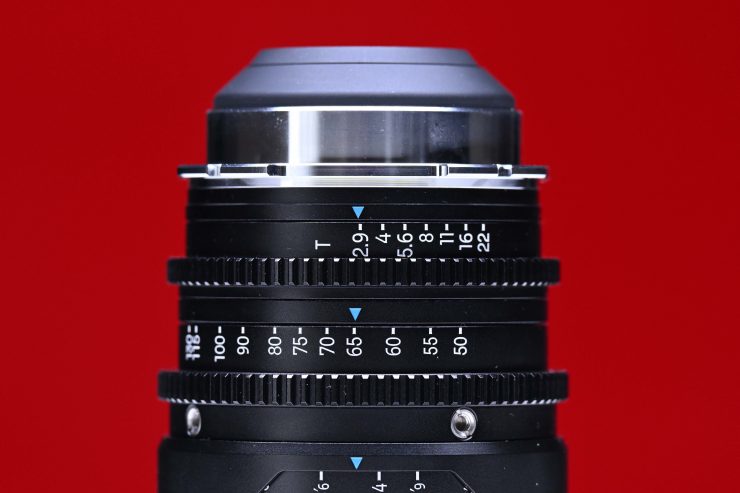
The markings are clearly and concisely laid out and they are easy to see. There are dual scales with feet and meters displayed on the lenses.
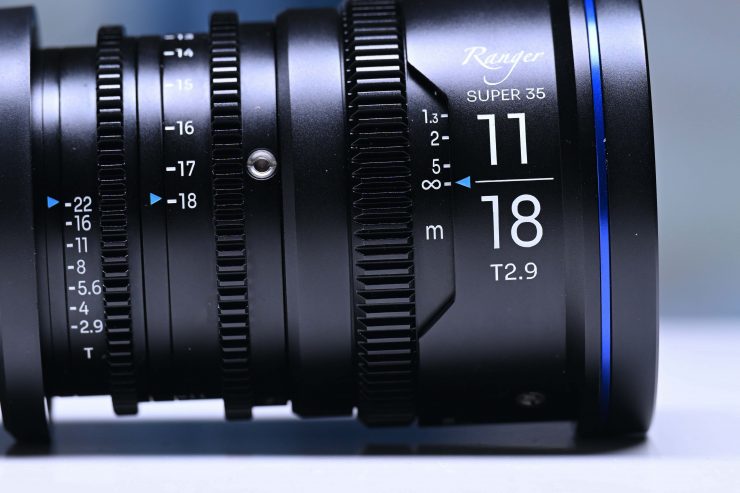
On the operator’s side of the lens, the focus markings are in feet, and on the non-operator side, they are in meters. All of the markings line up correctly which is what I would expect. Yes, it arguably would have been better to see two separate versions made in both feet or meters, but for affordable cine lenses that would just end up increasing the price.

The focus, iris, and zoom pitch gears are in the same position on all the lenses, so if you are running motors or a follow focus you don’t need to move them when changing over lenses.

The 0.8 pitch gears are nicely spaced apart so there is room for FIZ motors.
Optical Design

The optical design of the 11-18mm consists of 17 elements in 11 groups. The 18-50mm has 22 elements in 18 groups. The 50-135mm has 17 elements in 13 groups. All of the lenses have 11 aperture blades. The focus throw is 270 degrees.
How does this compare to what is arguably their closest competition? Below you can see.
| OPTICAL DESIGN | APERTURE BLADES | |
| Laowa Ranger 11-18mm T2.9 | 17 elements in 11 groups | 11 |
| DZOFilm Pictor 12-25mm T2.8 Super35 | 21 elements in 15 groups | 16 |
| Tokina Cinema ATX 11-20mm T2.9 | 14 Elements in 12 Groups | 9 |
| OPTICAL DESIGN | APERTURE BLADES | |
| Laowa Ranger 17-50mm T2.9 | 22 elements in 18 groups | 11 |
| DDZOFilm Pictor 20-55mm T2.8 Super35 | Not Listed | 16 |
| Fujinon MK 18-55mm T2.9 Lens | Not Listed | 9 |
| Tokina 25-75mm T2.9 | 18 Elements in 15 Groups | 9 |
| OPTICAL DESIGN | APERTURE BLADES | |
| Laowa Ranger 50-135mm T2.9 | 17 elements in 13 groups | 11 |
| DZOFilm Pictor 50-125mm T2.8 Super35 | Not Listed | 16 |
| Fujinon MK 50-135mm T2.9 Lens | Not Listed | 9 |
| Tokina 50-135mm T2.9 Mark II Cinema ATX Lens | 18 Elements in 14 Groups | 9 |
Close Focus

The 11-18mm and the 17-50mm can focus at pretty close distances. With the 11-18mm it is 36cm / 14.17″, and on the 17-50mm it is 35cm / 13.78”. The 50-130mm has a close focus ability of 75cm / 29.53″. They are claimed to have almost no focus breathing. I will test this later in the review.
So how does this close focus compare to the closest competition? Below you can see.
How does this compare to what is arguably their closest competition? Below you can see.
| MOD | |
| Laowa Ranger 11-18mm T2.9 | 1.18′ / 36 cm |
| DZOFilm Pictor 12-25mm T2.8 Super35 | 1.3′ / 40 cm |
| Tokina Cinema ATX 11-20mm T2.9 | 1′ / 30 cm |
| MOD | |
| Laowa Ranger 17-50mm T2.9 | 1.14′ / 35 cm |
| DDZOFilm Pictor 20-55mm T2.8 Super35 | 2′ / 60 cm |
| Sigma 18-35mm T2 | 11″ / 27.9 cm |
| Fujinon MK 18-55mm T2.9 Lens | 2.95′ / 90 cm |
| Tokina 25-75mm T2.9 | 2.4′ / 74 cm |
| MOD | |
| Laowa Ranger 50-135mm T2.9 | 2.46′ / 75 cm |
| DZOFilm Pictor 50-125mm T2.8 Super35 | 2.62′ / 80 cm |
| Sigma 50-100mm T2 | 3.2′ / 96.5 cm |
| Fujinon MK 50-135mm T2.9 Lens | 2.8′ / 90 cm |
| Tokina 50-135mm T2.9 Mark II Cinema ATX Lens | 3.3′ / 1.0m |
Other Features
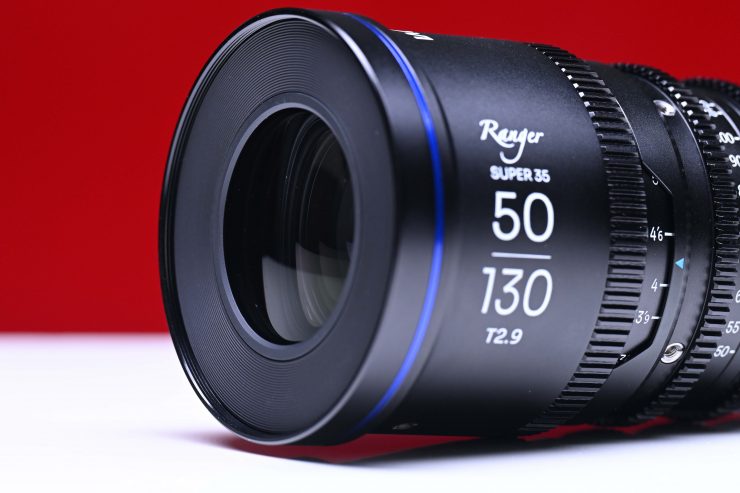
All the lenses feature a 77mm filter thread and 80mm outer diameter, this allows you to use screw-in filters or a matte box. The competing DZOFilm Pictor zooms have a 95mm front diameter and an 86mm filter thread.

As you can see above, all the lenses have different-sized front elements which comes as no surprise.

The Ranger S35 zooms also have a rear focus adjustment built into the lens, however, unlike the one found on the Ranger full-frame zooms, you can’t easily access it. You need to remove the decorative bayonet ring and then loosen three screws to make an adjustment. The trouble with this design is that you can’t loosen those screws while the lens is on a camera. The only way to access them is with the lens removed, but then you need to make what is essentially a blind adjustment and then tighten the screws, and put the lens back on to check what you have done.
If the lenses aren’t exhibiting parfocal behavior you may need to add or remove shims (these come with the lenses).
When I asked Laowa about this whole process they told me it is better to shim first and then fine-tune the back focus using the rear focus adjustment.
I do wish the process was a little bit easier to do. PL mount lenses should be calibrated from the factory and you shouldn’t have to shim or make a rear focus adjustment when using them on a PL mount camera. I had issues with the lenses I was reviewing as they weren’t exhibiting parfocal behavior. Adding/removing shims and making blind adjustments to the rear focus was a painful process and I spent quite a few hours making sure all of the lenses were correctly set up. This is something you need to keep in mind when using more affordable cine lenses as sometimes attention to detail can be lacking.

The lenses come with 0.8 mod gears, threads for mounting lens support and other utilities. As I mentioned earlier, instead of making two different versions of the lenses, Laowa has placed the metric scale on the left side of the focus ring, and the imperial scale on the right side. This is common practice among more affordable cine zooms and primes.

A PL native mount is standard but they are also available in the following mounts:
- Canon EF
- Sony E
- Canon RF
- Fujifilm X
- Leica L
- Nikon Z
The Ranger S35 zooms will also work with Laowa’s 1.33x Anamorphic Adapter.
Are these lenses based on something else or are they purpose-built cine lenses?
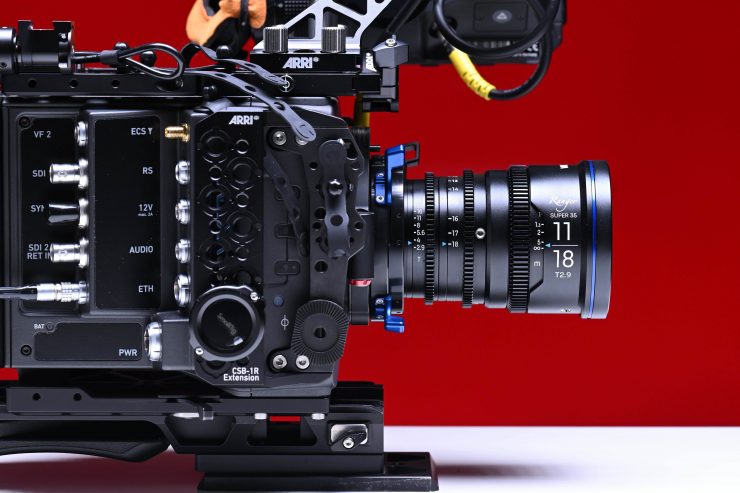
Some cine zooms are just housed stills lenses, but the Laowa Ranger S35 series are purpose-built cine lenses. The lenses are designed and built by Laowa.
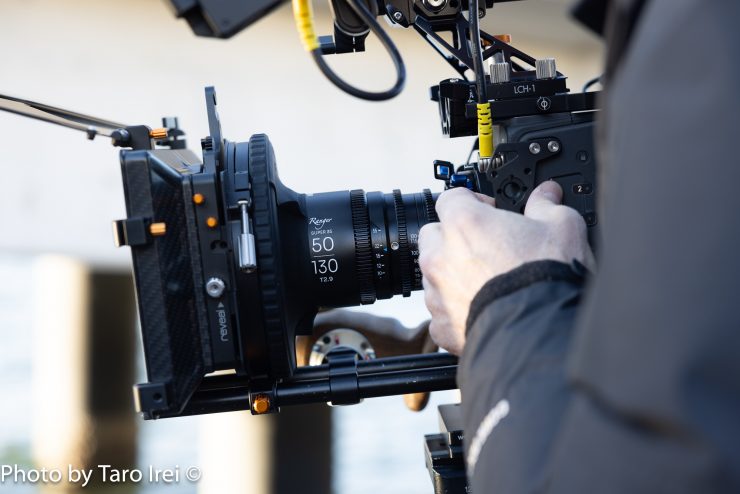
The lenses are parfocal from my testing and they maintain focus regardless of the focal length as long as they have been calibrated and set up correctly.
Lens Breathing
I tested out the 17-50mm T2.9 and 50-130mm T2.9 by doing large focus throws to see if there was any noticeable breathing.
The 50-135mm T2.9 certainly has quite a bit of breathing, but on the 17-50mm T2.9 it is well controlled. With longer zooms, you usually see some amount of focus breathing, and that was certainly the case here.
I personally don’t like focus breathing as it can be very distracting. It is good to see a budget-friendly cine zoom with minimal lens breathing. Please excuse the slight movement of the frame as I was doing these focus throws manually by hand and not using a focus motor.
No lens technically has zero breathing, but very good cinema glass has such minimal amounts that it is virtually impossible to see. What you will normally see is some perspective shift which is normal when refocusing a lens.
Image shift is the change in location of a fixed point after a focus rack. It should be in the same spot after you rack focus.
Perspective shift is the focal length of the lens being modified by the movement of the optics. A slight change in focal length may happen if there is a floating element that moves and is not properly corrected for in the design. Certainly, the great majority of lenses have this issue. It’s also tenths of a mm so not overly noticeable.
Focus breathing is a change in image size so the size of the object will get larger as it moves out of frame. That is reproduction size.
In summary, perspective shift is the effective focal length change (angle of view change) and focus shift is the reproduction size of the object changing as focus moves. Think of it like Macro. A macro lens can be 1:1 life-size reproduction but as you focus it can change the reproduction size. That is focus shift from intentional breathing design. The angle of view is not overly affected in that case because it is flat field focus. On spherical lenses, the angle of view does change slightly as you focus rack thus making for perspective/angle of view shift.
Fall off, Image Coverage & Vignetting
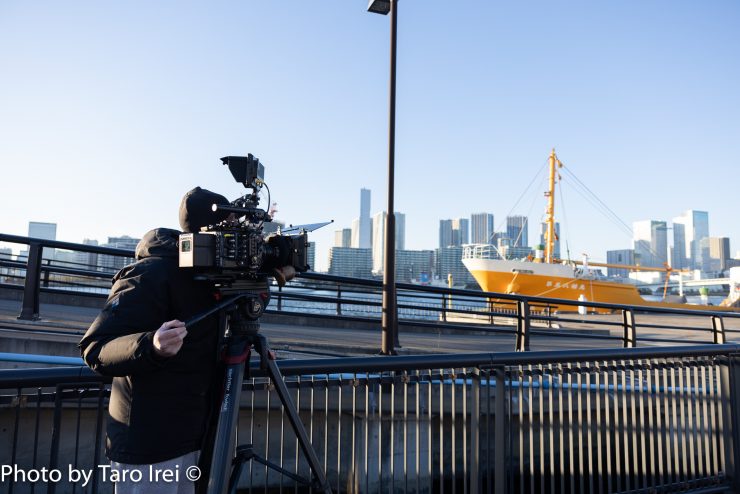
The lenses cover a 31.5 mm image circle, so when you use them on a S35-sized sensor you get very good illumination across the entire image. I didn’t have any major issues with vignetting with any of the three zooms.
Sharpness
The growing trend that is common with a lot of the affordable cine zooms and primes these days is to come up with something that is a little more vintage, and that sometimes comes at the expense of sharpness. I was curious to see if the Ranger S35 series followed that trend. Above you can see how the 11-18mm T2.9, 17-50mm T2.9, and 50-135mm T2.9 performed when used at various focal lengths and T stops. The reason I shoot the small robot is that it has very finite details and textures on it. I also have shot countless sharpness tests with lenses using this same robot over the years so it allows me to have a baseline and comparison.
17-50mm T2.9
The 17-50mm is not that sharp when used at T2.9 @50mm, but it sharpens up a bit by T4. By T5.6 it is nice and sharp. If you punch in 300% and pixel peep you can see how much sharper the lens is at T5.6 as opposed to T2.9. At T2.9 it does have a lot more halation as well.
Now, there is nothing wrong with this as a lot of people these days are not looking for an ultra-sharp lens. In the real world, lenses often perform a lot better than they do in controlled tests.
At 30mm the lens is slightly sharper when used wide open at T2.9, however, at T4 or T5.6 it performs a lot better. Again, if we crop in 300% we can clearly see the difference in sharpness once the lens is closed down a bit.
At 17mm the performance isn’t quite as good as when the lens is used at 30mm, and I did find it to be a tad softer.
The mid-focal ranges of the 17-50mm certainly appear to be sharper than when the lens is used at its widest or longest focal lengths.
I also did a quick test to see how the sharpness of the LAOWA 17-50mm T2.9 compared to the Angenieux Optimo Style 16-40mm T2.8. It was interesting to see that the sharpness was fairly similar when both lenses were set at 30mm and used wide open.
50-135mm T2.9
The sharpness of the 50-135mm when used at 50mm was ok at T2.9. Stopping down to T4 or T5.5 didn’t improve it as much as I was expecting.
@90mm the sharpness improves by quite a lot once you stop the lens down to T4 or T5.6. At 90mm it was certainly sharper than when used at 50mm.
When set @130mm the lens is a little soft when used wide open at T2.9. By the time you hit T5.6 it is nice and sharp.
The 50-135mm is certainly sharper at the longer focal lengths of its reach than it is at 50mm.
11-18mm T2.9
Sharpness tests on ultra wide angle zooms are never going to look good! At 11mm the lens isn’t very sharp when used wide open at T2.9, but that didn’t come as any big surprise. At T4 and above it is sustainably better when it comes to sharpness.
At 18mm the lens is quite a bit sharper when used wide open at T2.9 than it is at 11mm. Again, as expected, if we stop down to T4 or T5.6 we get better results.
I also did a quick test where I compared it against the Tokina Cinema 11-20mm T2.9 at 18mm to see how it performed. What surprised me was that the LAOWA was slightly sharper. It was also interesting to see the differences in the amount of contrast, color, and chromatic aberration between the two lenses. The LAOWA performs very well, given it is a substantially more affordable lens.
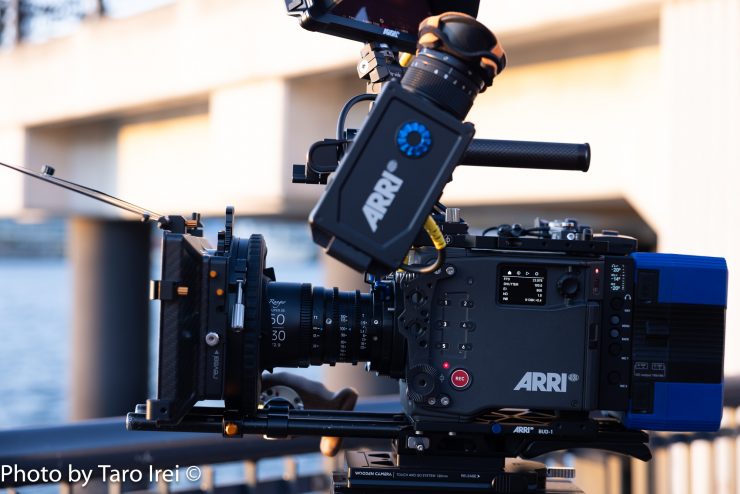
From my tests, I found that the lenses weren’t super sharp at T2.9, but they all performed pretty well at T4 or T5.6. The lenses don’t have the same sharpness across their focal range and that is something you need to be aware of. To make cine zooms that are this size and weight, LAOWA undoubtedly had to make some compromises when it came to optical performance. In saying that, given their affordable price, I think the sharpness was more than adequate for a lot of people’s needs. If you want sharper zooms that are small and compact you would be better sticking with AF stills glass.
Lens Flare
Above you can see what the flare looks like when using the Laowa Ranger S35 zooms.
What I found interesting is that the flare characteristics are quite different across all three of the lenses, and they also change depending on the focal length.
The 11-18mm T2.9 has fairly standard flare as you would expect from most ultra wide angle lenses. There is nothing overly exciting or interesting about it.
With the 17-50mm T2.9 @17mm, there does seem to be a lot of refracting light within the lens that causes circular orange, green and rainbow flares out toward the edges of the frame. The flare is quite interesting, but whether or not it is to your taste will depend on the individual.
When you use the lens @50mm the flare changes a bit and you get a lot of very large circular rainbows. There is quite a bit of halation as well.
With the 50-135mm T2.9 when it is used @50mm the flare is completely different from the 11-18mm and 17-50mm. You don’t get a lot of interesting flare elements, instead there is just a lot of halation.
Things change when you are @130mm and the flare turns into quite a few large rainbow circular elements. There is also a ton of veiling.
As I always say, flare is a very personal thing, and whether or not you like the flare from these lenses will be up to you to decide. I personally found that the flare from the 17-50mm was the nicest across the three lenses.
Chromatic Aberration
The lenses don’t have a lot of real-world visible chromatic aberration. If you zoom into the image by 300% when used wide open at T2.9 you can see a small amount of purple color fringing on reflective surfaces and over-exposed areas.
Bokeh
Nice bokeh is something everybody craves. The bokeh produced is reasonably round, although once you hit T5.6 and above it will start to take on the shape of a stop design.
Distortion
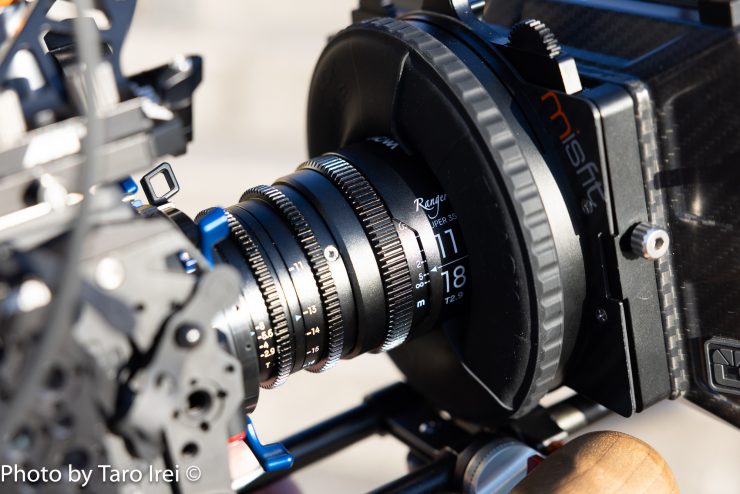
Barrel distortion is reasonably well controlled, even at 11mm. You will get distortion out toward the edges of frame, but that is the case for most ultra wide angle lenses.
Color Tone
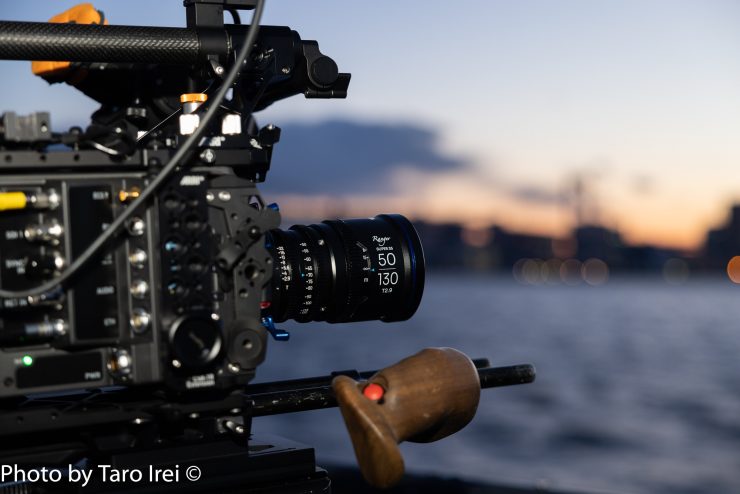
The Laowa Ranger S35 zooms are fairly neutral when it comes to the color tone, however, I did find that they lean slightly warm. The lenses aren’t too clinical, especially when used wide open. What look you actually prefer from a lens is entirely going to come down to personal choice. I certainly wouldn’t consider that they are following that trend of having a ‘vintage look’ that so many affordable lens companies use to describe their lenses. They are modern optics, but they are not too sharp or too overly clinical.
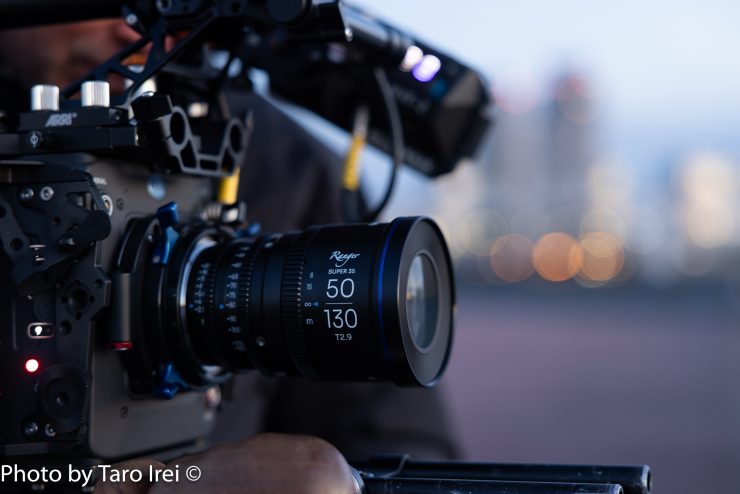
The color tone of a lens is really something you should look at closely if you are going to be using both prime and zoom lenses from different manufacturers. Certain prime and zoom lenses work better together than others. What will work for you will also depend on what camera you are using.
Real World Thoughts
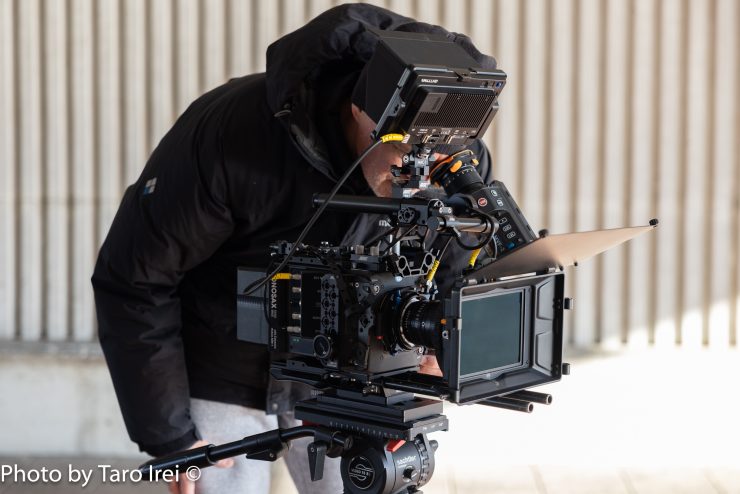
The LAOWA Ranger series are well-made S35 cine zoom that are suitable for use on anything from mirrorless hybrids up to large digital cinema cameras. They would work well on the Canon C70, Canon C300 Mark III, RED KOMODO/KOMODO-X, ARRI ALEXA Mini, ARRI Amira, ARRI ALEXA 35, etc.

I went and took some shots with the lenses to see how they performed in the real world. Technical tests are all good and well but you really need to see how they perform in real-world environments both in terms of ease of use and lens performance
Above you can see some footage captured with the lenses. I was interested to see how they performed at various focal lengths and what their usability was like when used wide open. When doing a lens test you want to push the lenses in difficult lighting conditions to see how they do. Shooting a bunch of clips in nice even light isn’t going to tell you much.

They are nice to operate and use, and the mechanics are good for lenses at this price. The small barrel size and compact nature make them easy to operate if you are working by yourself or in small crews.
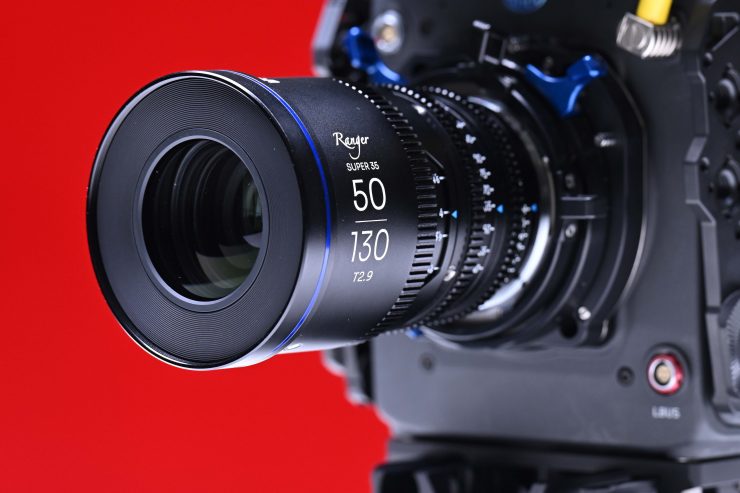
The overall optical performance of these lenses is reasonably good, but you shouldn’t expect outstanding results. I thought the 75-180mm T2.9 might be a little soft at the long end when used wide open from my previous technical tests, but it looked pretty good in real-world conditions.
There is nothing overly special about the lenses when it comes to the optical quality or the look, but they would make for a decent meat-and-potatoes option if you need a relatively affordable set of lightweight zooms that can get the job done.
Price & Availability

The Laowa Ranger S35 zooms retail for $1,999 USD each, or you can get the 11-18mm T2.9, 17-50mm T2.9 & 50-135mm T2.9 in a kit for $5,700 USD.

There are also Ranger S35 Lite additions of the lenses available for $2,499 USD each or $7,499 USD for the three-lens kit.
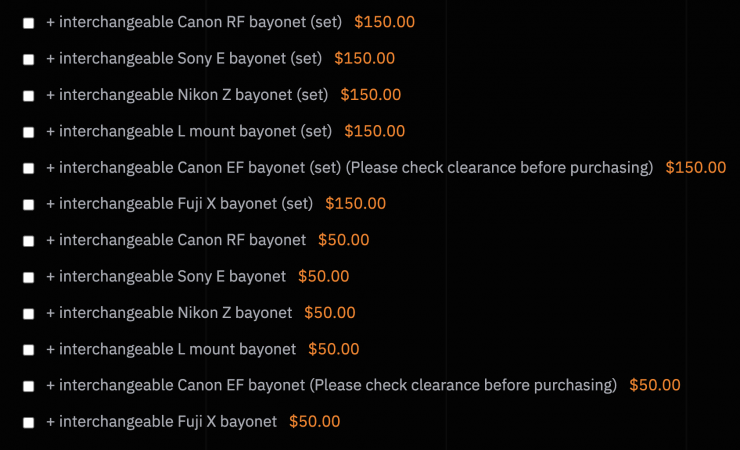
You can also buy additional user changeable mounts for between $50-$150 USD each.
So how does the pricing compare to other available competition? Below you can see.
*Not available in PL mount.
Competition
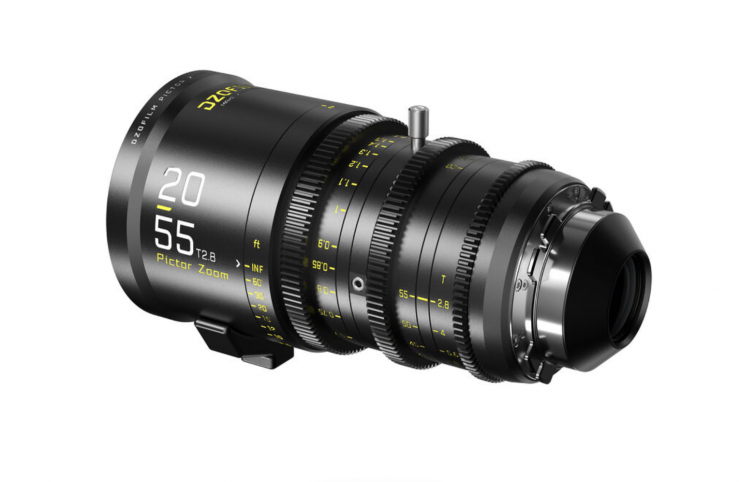
As I already mentioned in my weight comparison earlier in the article, direct competition, at least in my opinion, comes from the DZOFilm Pictor zooms, Tokina Cinema zooms, Sigma T2 High-Speed Zooms, and the Fujinon MK zooms (if you don’t need PL mount).
What do you get?
If you buy the three-lens kit for $5,799 USD comes in a nice custom hard case and inside you get the lenses, shims, tools, and lens supports.
Conclusion

The Laowa Ranger S35 zooms are a very affordable and lightweight set of zooms that offer great bang for your buck. They are good options if you are looking for a set of small and compact cine zooms with decent focal ranges that don’t weigh much. Yes, the lenses aren’t optically perfect, but that is always going to be the case with the majority of budget-friendly cine zooms. In saying that, they have decent sharpness (when stopped down to T4 and above), and reasonably low chromatic aberration, and they could be used on a variety of camera stems from mirrorless hybrids to digital cinema cameras. The focus breathing is well controlled on the 17-50mm T2.9, but there is a fair amount of breathing with the 50-130mm.

The flare characteristics vary from lens to lens and when changing focal lengths.
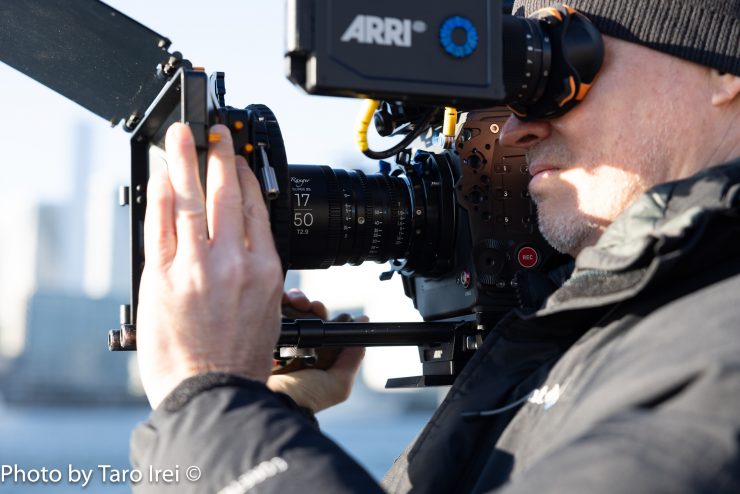
The mechanics of the lenses are decent enough considering their cost. Having a rear focus adjustment is nice, especially on any lens where you have user-swappable mounts, however, it is extremely fiddly and cumbersome to use. I wish LAOWA had implemented the same back focus adjustment that is used on the ranger full-frame zooms.

The lenses are lighter than the DZOFilm Pictor zooms and that is one of their main appeals. If you are traveling a lot and weight needs to be considered, these lenses make a lot of sense.
Sure, you could just choose to use an AF lens if you wanted to, and for some people that will make more sense. The biggest issue with AF lenses is that you get locked into using a particular mount, there is normally no manual iris adjustment, and manually focusing can be a challenge. Quality stills lenses can be very sharp and optically very good. At least from my perspective, the Ranger S35 lenses are probably being targeted at the same user who wants a cine zoom instead of AF stills lenses but wants something that is a similar size and weight. Not every tool is suitable for everyone and that is why we have choices.
The biggest benefit of lenses with a PL mount is that you can use them on almost any camera.
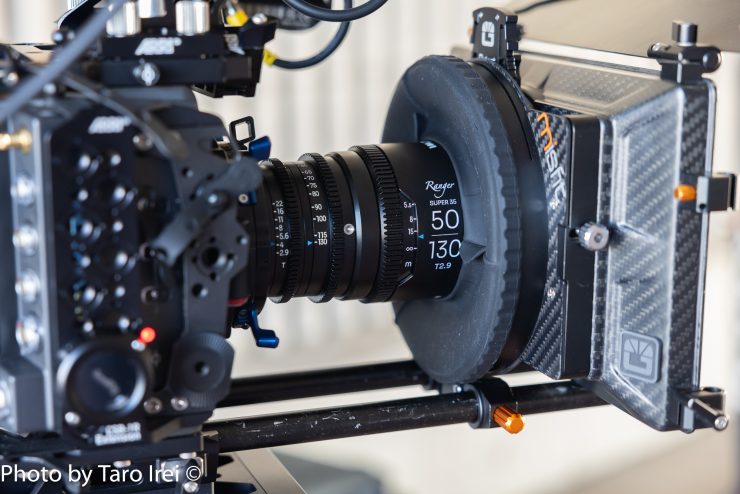
There are shortcuts with optics, and to make cine zoom lenses that are lightweight, compact, and have this focal range you will need to cut some corners. Given their target audience, it was arguably a wise decision for LAOWA to make the lenses this size and weight, even if they had to compromise slightly on optical quality to achieve their goal.
At the end of the day, being able to get three cine zooms that cover this range at a constant T2.9, that are this size, weight, and price is impressive.
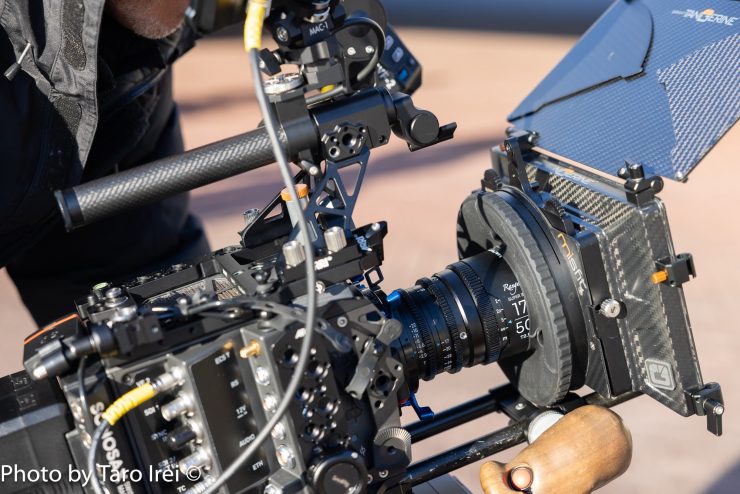
Having a focal range of 11-130mm will cover a lot of needs, but as I mentioned earlier in the review, I would like to see a longer focal range added to this series.
LAOWA continues to produce interesting lenses that are optically pretty good. The Ranger S35 series is an impressive offering and offers great value for money.

